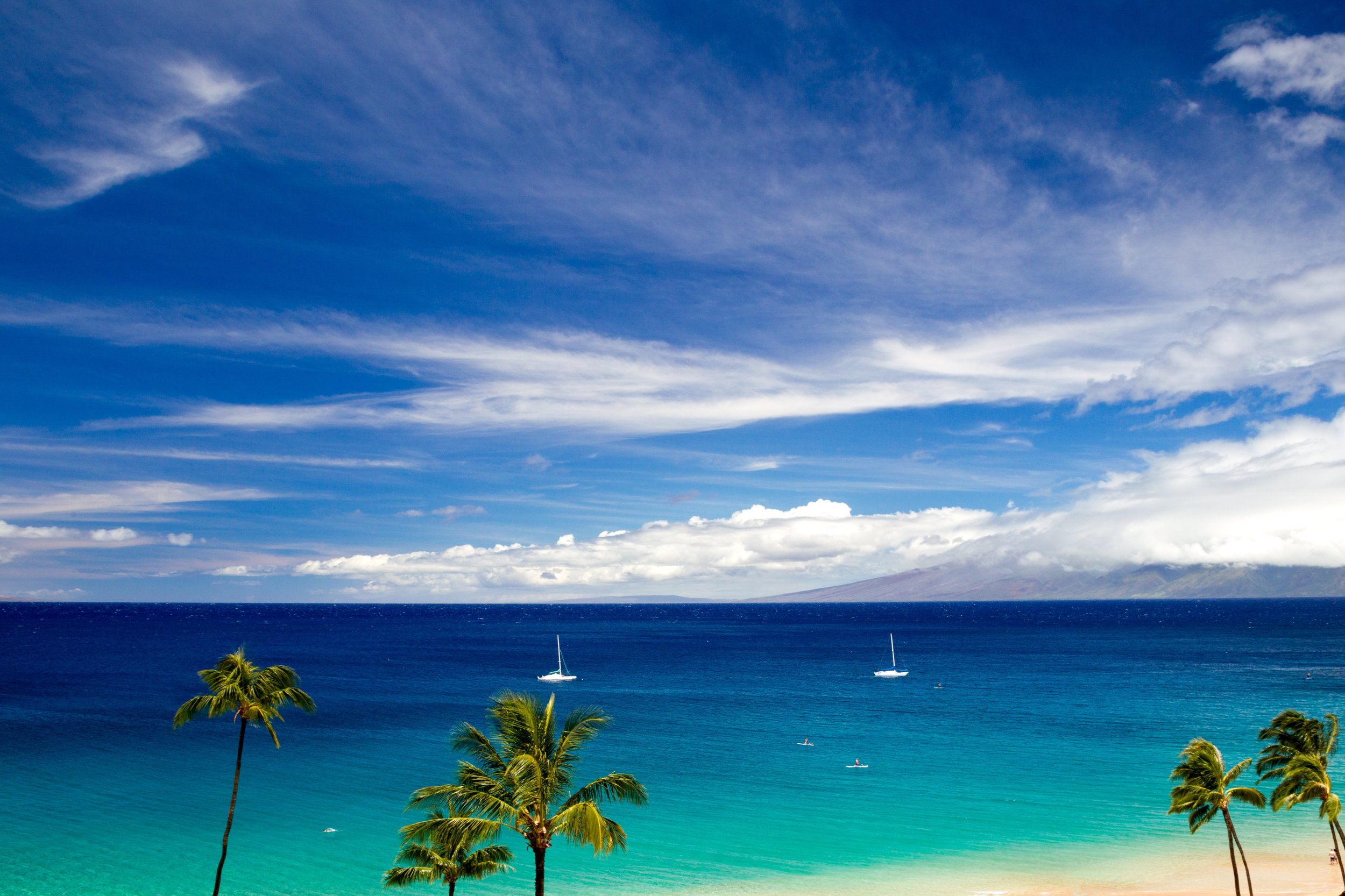The History of the Island of Molokai
When visitors arrive on Maui, the question many ask when they are staying in West Maui is “what is that island over there?”
The northern island you can see from the shores of West Maui is the island of Molokai. Molokai is known for both its dramatic landscape and its interesting history. Many visitors choose to take a Maui helicopter tour to experience the north shore of Molokai which boasts the tallest sea cliffs in the world, some of the largest waterfalls in Hawaii and world famous Kalaupapa peninsula.
The Geology of Kalaupapa and the north shore of Molokai is a unique one and is one of the most remote places in Hawaii. The sea cliffs of Molokai reach over 3,000 feet high and are said to be formed roughly 1.5 million years ago when 1/3 of the island collapsed into the ocean. The Kalaupapa peninsula is thought to be formed roughly 250,000 years ago when an off shore shield volcano erupted from the oceans floor.
During the mid to late 1800’s Hansen's Disease was running rampant in the islands and the disease was thought to be incurable and very contagious. Later it was discovered most people are resistant to the disease and effective treatment was developed in the 20th century. In 1865 the Hawaiian King Kamehameha V passed the "Act to Prevent the Spread of Leprosy". The law required the most serious cases of Hansen’s disease to be moved to a settlement colony on the eastern end of the peninsula. Kalaupapa was chosen due to its isolation and remote location. In 1866 the first twelve patients were dropped off and over the next 100 years more than 8,000 people would live their lives out at the peninsula. In 1873 Father Damien arrived at the peninsula and assisted patients until he eventually contracted the disease and passed away in 1889. There have been numerous books written about these times. The novel Molokai written by Alana Brennert is a great place to start for those interested in learning about the history of Hansen’s disease in Hawaii from a historical fiction point of view.
Today Kalaupapa is a national park. There are still a few people remaining who have Hansen’s disease but they are not required to live there and choose to do so to live out the rest of their lives in peace. You can experience Molokai’s sea cliffs, waterfalls and Kalaupapa peninsula when you join a Maui helicopter tour which features West Maui and Molokai. To see this area by air is truly a once in a lifetime opportunity.

